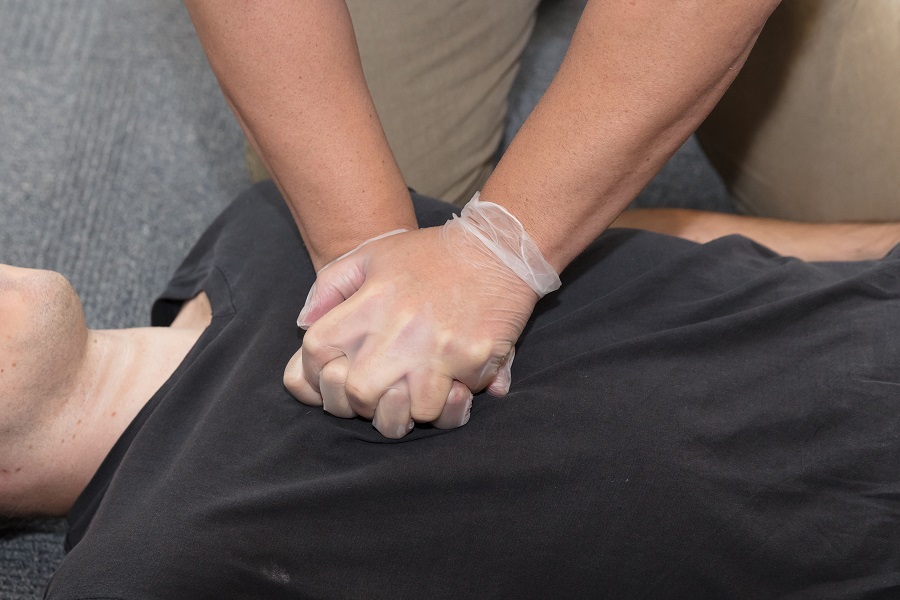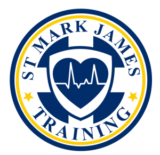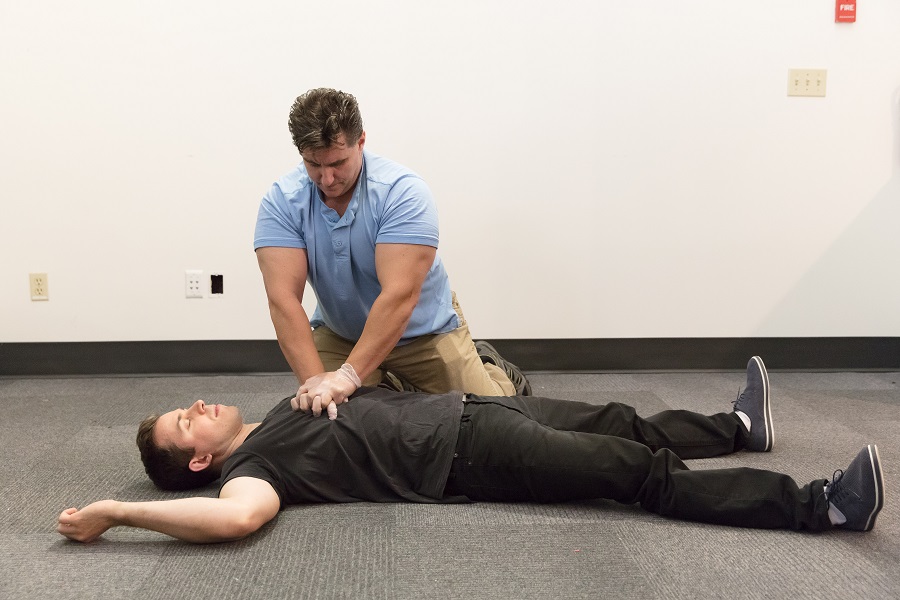In one study, a cardiac arrest victim is likely to be given CPR from bystanders in the city’s ethnic Chinese neighborhoods.
Victims of cardiac arrest in public can be given prompt CPR from bystanders in Chinese neighborhoods. The chances of surviving a cardiac emergency without sustaining brain damage are relatively high if it occurs within 2.7 kilometers of a healthcare facility. In the study, there is a higher survival rate in areas of the west side, east, and southeast Vancouver which are areas that are not close to healthcare facilities.
Why bystander CPR is vital
According to lead researcher David Barbic, an emergency room physician at St. Paul’s Hospital, the bystanders who are willing to perform cardiopulmonary resuscitation (CPR) are those in predominantly Chinese neighborhoods.
There is also a higher rate of survival without sustaining any brain damage in other areas such as Strathcona, Kitsilano, and across central Richmond.
Barbic added that areas with the highest rate of bystander CPR occur in neighborhoods that are ethnically Chinese. There is a likelihood that the Chinese community in Vancouver is more receptive to perform CPR in public.
Eagerness to learn
According to instructor Peter Ko, in the past 20 years, the interest of the Asian community in first aid training has been strong. At present, the courses are taught in Mandarin or Cantonese every month in Richmond and Vancouver. He added some enroll for work purposes but majority are eager to know what to do during emergencies. These people have either witnessed an accident or have an old family member or neighbor and want to help.
The Chinese community organizations especially involved in the church have taken in interest in getting CPR training.

Generally, it takes some time for an ambulance to arrive on the scene, usually within 8 minutes in urban regions. If the heart of an individual ceases to beat, you should perform CPR to save his/her life. When people are familiar with the steps, they are more willing to try.
Prompt delivery of CPR significantly increases the survival rate by 2-3 times.
For more information about this story, click here.
LEARN MORE
Learn how to help by enrolling in a CPR course and for more information, check out these sources:
https://www.webmd.com/first-aid/cardiopulmonary-resuscitation-cpr-treatment
https://www.mayoclinic.org/first-aid/first-aid-cpr/basics/art-20056600
https://www.mayoclinic.org/diseases-conditions/sudden-cardiac-arrest/symptoms-causes/syc-20350634

